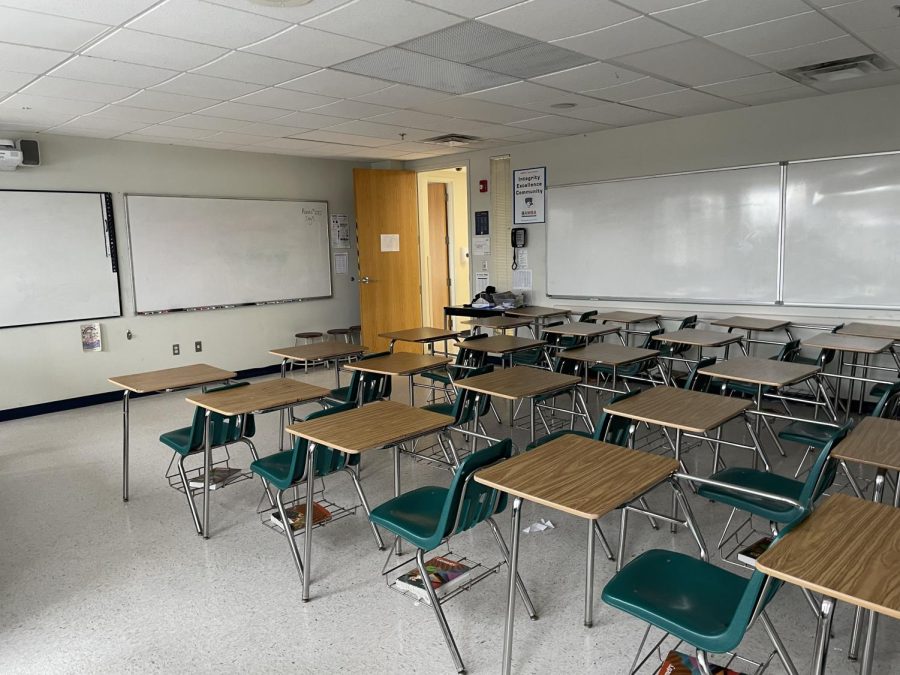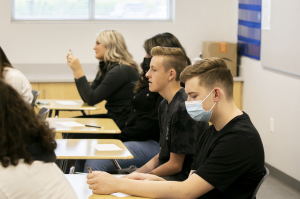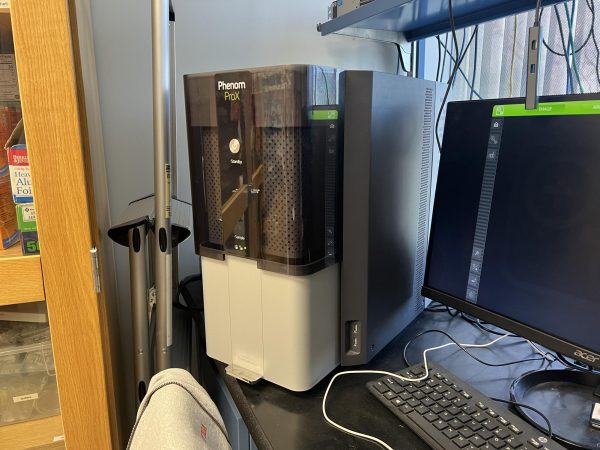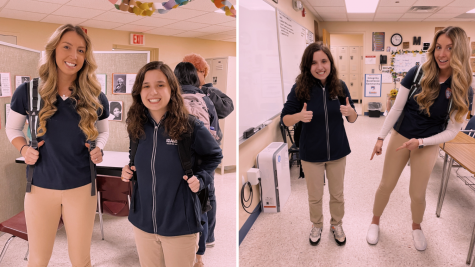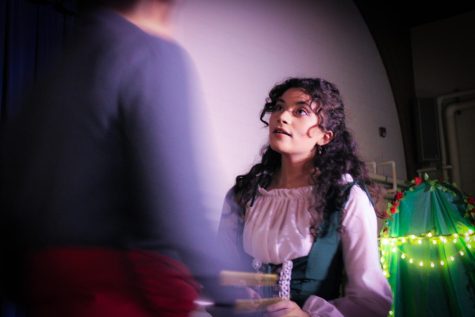Covid infections may be down, but the overall cost to learning remains high
After a year of remote learning, students are still missing costly class time because of the Covid pandemic.
On Dec. 4, 2021, the Massachusetts Department of Public Health announced that the first case of the coronavirus omicron variant had been found in the commonwealth, specifically in Middlesex County (where Marlborough is located).
In rapid fashion, infections skyrocketed at AMSA, especially after a return from the holiday break. According to the nurses’ office, before winter break there was a steady flow of around 10 to 12 cases per week, but at the peak in the middle of January, the cases were up to around 50 per week.
Infections have since died down significantly and so have the absences, with the implementation of an at-home testing program, additional vaccinations and boosters, and the variant running its course.
But the school administered about 1,360 tests, with approximately 250 Covid infections. That invariably affected learning, even with mitigating protocols put in place.
Even now, with infections low, students are still experiencing reductions in time on learning and class dynamics are affected when students are forced to stay home.
“I was out for three days, and it put me behind on some long-term assignments, and I had to work to catch up,” senior Austin Coyle said.
AMSA has offered students an opportunity to listen in on classes from home via Zoom audio when they’re out with Covid, but it does not work well in all instances and for certain courses and for certain assignments.
Given that the minimum number of days to quarantine is five if a student tests positive, students may be missing an entire school week, with no guarantee to be able to use Zoom to connect to classes to stay up to speed.
This may not sound that detrimental, but at AMSA if you miss key lessons or presentations or other assignments, the domino effect can be significant.
This is true for teachers as well as students.
“It shifts everything and keeping it all straight is very difficult,” said English teacher Carolyn Rousseau.
As for adjusting workloads for quarantined students or exempting them from the work completely, that isn’t always possible.
“You can’t just skip chapters in a novel,” Ms. Rousseau said. “You can’t lessen the workload — you still have to read.”
The most basic things are designed for a physical class environment, not a remote one, and if students are missing, they are missing out on an important aspect of the class.
Too often, the primary focus is on infections and the protocols pursuant to them, but when students are missing school there is, logically, something that should be done other than keeping them home and assuming they can just catch up later.
The solution is elusive, since integrating online learning for a single student when all others are in the physical classroom is problematic to say the least.
The only feasible approach is to move forward and help students catch up as best they can, but keeping in mind that things — sometimes important things — have been lost is instrumental.
After a year of remote learning and a stream of interrupted learning, there is no denying that students are behind — and they have been denied basic educational norms.
“It does affect the way school functions, and it has affected how everything functions,” Austin said. “It messes with the flow of the year.”
When, and if, it all gets back to normal is a mystery without a hard answer — as is the total cost of what has been, and continues to be, lost.

Nico is a senior from Hudson who has been attending AMSA since 6th grade, and he is writing for The AMSA Voice for the first time. He intends to inform...

